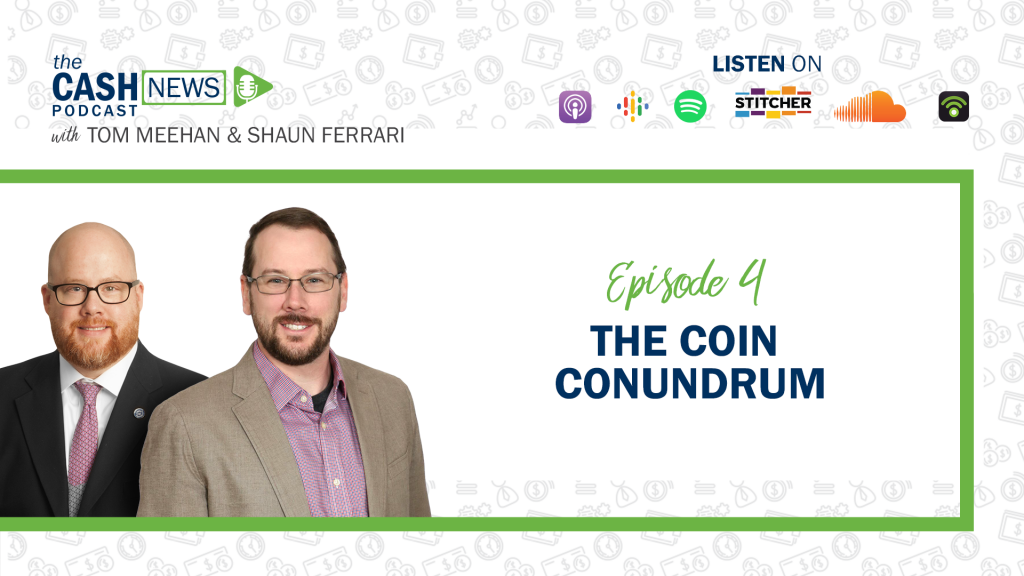
There is no denying the fact that COVID-19 has had a profound impact on the payment behavior of American consumers. While these advancements are a big leap towards the goal of achieving accessible, convenient, secure, and agile digital payment methods, it is important to remember that these developments and technology existed before to the pandemic. We are sure to see more evolution and advancements in the coming future.
The Diary of Consumer Payment Choice
It is quite interesting and equally intriguing to see what 2021 has in store for the U.S. economy. For example, let us look at the Diary of Consumer Payment Choice 2021 findings. This ongoing annual research effort conducted by the Federal Reserve provides behavioral insights and understandings into consumer payment habits in the United States.
Shaun Ferrari, Global Product Director at Currency Research, recently emphasized these findings on the latest episode of The Cash News Podcast stating that the decline in total payments in 2020 was mostly due to a decrease in the number of small-value payments (under $25), disproportionately affecting the number of cash payment transactions with American consumers – reducing the number of small-value cash payments by more than 40 percent in 2020, as compared to 2019. Additionally, the amount of cash being held by individuals increased from $20 to $74 in 2020. The total value of “not-in-person” spending doubled, also rose from $110 to $212 (YOY 2019 to 2020).
Consumer Spending & Behavior During COVID-19
The COVID-19 pandemic altered many aspects of life in 2020. With shelter-in-place restrictions being enforced, many Americans chose to limit in-person contact due to fear of infection. Concurrently, businesses switched to online payment options or BIPOS (Buy Online, Pick-Up in Store). This jump in online spending is one of the most striking findings from the recent consumer survey conducted by the Federal Reserve.
Couple this with the FDIC report, “How America Banks: Household Use of Banking and Financial Services,” where we see about 5.4% of U.S. households, (approximately 7.1 million homes) classified as “unbanked,” – those without a savings or checking accounts at a bank or credit union, one could speculate that this behavior is because fewer less people are going to ATMS or banks and spending less when they have it due to market volatility during the pandemic, as well as their inability to conduct digital payments.
As digital payments accelerated, retailers capitalized on an opportunity: the irrational fear of cash. Tom Meehan, CISO at CONTROTEK states, “Since COVID-19 was first declared a national emergency, fear has been the driving force behind many of the changes we have seen in the retail industry. Universal concerns about the safety of using cash at all have retailers seizing the moment to push for cashless payment systems.
Though the coronavirus pandemic has significantly changed nearly every part of our lives, yet the fear of cash itself is irrational.”
The Coin Conundrum
In addition to the irrational fear of money, Americans were quick to believe there is a coin shortage in the United States. While initially there may have been a supply lag as retailers adjusted to the ever-evolving COVID scenario, the issue surrounding coin is due to circulation. Less cash being circulated results in less coin circulating.
The simple fact is that while there is enough coin in the economy, they are simply not moving from fast enough from consumers to banks. Ferrari is quick to point out there has been a lot of work around this disruption in the past year, with large retailers, banks, and CITs around the country, trying to incentivize consumers to bring coin back to retailers, therefore enabling the retailers to flow coin through the banks – allowing banks to flow coin to the CITs, CITs to the FED, and so on.
As the economy rebounds and businesses continue to fully re-open, allowing consumers make cash purchases, it will be interesting to see if and how coin flows back in or will if it remains stuck in a jar in the homes of many Americans. At this point it is unclear, but we will be watching.
The Risk of Cutting Out Cash
Digital payments are not as easy as retailers may think. There are margin issues, security and fraud implications, digital malpractices, as well as the consumer experience, that all must be taken into consideration. For example, if a customer comes into a retail location and is unable to use cash as their preferred method of payment or as unbanked Americans found – their only form of payment would not be accepted, it could be viewed as a negative interaction with the brand. Meehan recently noted: “By looking at cash as another part of customer service, rather than a necessary evil, retailers can implement solutions that not only make the process more streamlined but also improve the customer experience, now and in the far future.”
The rapid digitalization of payment methods during the COIVD-19 pandemic has changed the consumer landscape, therefore changing the national (and global) footprint of coin. Businesses should not worry about this decreased coin circulation: As the economy slowly reopens, consumers will return to brick-and-mortar stores and spending the cash and coin they’ve held onto for the past few months.
We are eager to see what happens as coin makes its way back into the world economy.


